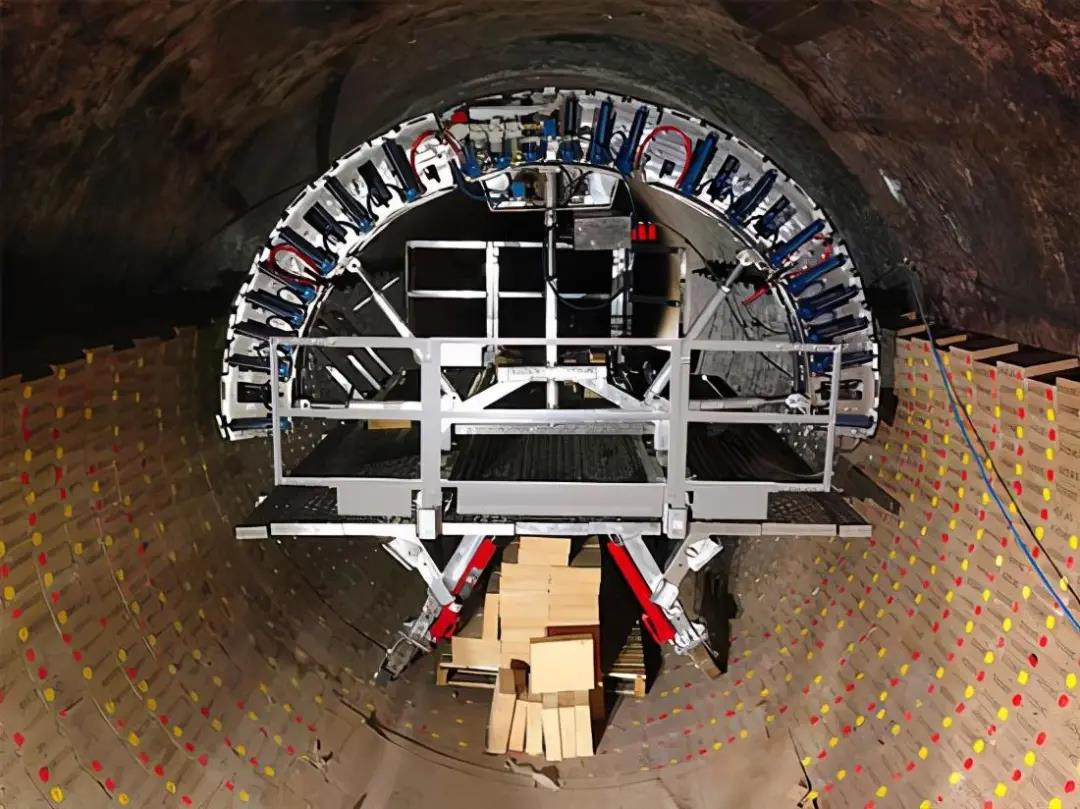
Due to the harsh operating conditions of cement kilns, the lining bricks tend to shorten their lifespan. The magnesium spinel brick shows good durability under harsh conditions, realizes stable operation, and has a cost advantage.
Cement rotary kilns not only produce cement, but also play an important role in processing waste and by-products from other industries. In the production of cement kilns in Japan, the unit consumption of waste and by-products has been increasing year by year, and it is expected to increase further in the future. In addition, in recent years, the price of coal as a fuel has continued to remain high, so cement kilns using fuels such as petroleum coke and waste plastics have increased. Therefore, the coating may be unstable and the gas composition in the atmosphere may change in the furnace, and the use conditions of refractory materials tend to be more severe. In order to cope with the changes in this situation, the charge has been repeatedly improved.

Lining of cement rotary kiln
The inner lining of ordinary cement rotary kiln. In the lower temperature calcination zone, high alumina bricks or clay bricks are generally used. In the firing zone with the highest heat load, magnesia-chrome bricks with good corrosion resistance and coating adhesion have been widely used in the past. But now due to the improvement of environmental protection awareness, magnesia-chrome bricks have basically disappeared from cement kilns, and magnesia spinel bricks are mainly used in the cooling zone, firing zone and transition zone.

1 Brick for cooling zone
The operating temperature of the cooling zone is about 1300°C, and the temperature is relatively high. Because the surface of the brick is difficult to protect with a coating, the thermal wear of the cement clinker becomes an important cause of damage. In addition, the furnace shell near the cooling zone continues to be heated for a long time and gradually becomes a trumpet shape, so the bricks are loose, and sometimes the bricks will slide and be damaged during work.
2 Chrome-free bricks for firing zone
The firing zone is the area with the highest heat load in the cement rotary kiln, and the highest temperature reaches 1450°C. As a magnesium spinel brick for firing zone, considering corrosion resistance and thermal shock resistance, the content of Al2O3 is optimized. In order to improve the adhesion of the coating and further improve the corrosion resistance, a small amount of special ingredients are added.
3 Bricks for transition zone
Due to the increase in the unit consumption of waste and by-products in recent years, the transition zone is the area where the atmosphere in the furnace changes most significantly, and the life of bricks has been reduced in most kilns. Alkaline sulfates [K3Na(SO4)2, K2SO4] and alkali metal chlorides (KCl, NaCl) are used as volatile components in the furnace gas, and during the process of infiltration and deposition into the bricks, the brick structure becomes brittle and There are many cases of cracks, which are one of the reasons for the damage of transition zone bricks. Because the impurities contained in the bricks react with the volatile components in the furnace gas, the deterioration of these bricks is accelerated. Therefore, in order to suppress the above-mentioned reaction, the transition zone bricks have very few impurities as a common feature.

Conclusion
The performance characteristics and application results of magnesium spinel bricks for cement kilns are introduced. Although the number of cement kilns has decreased compared with the peak period, the equipment operation rate has remained at a relatively high level under the support of strong cement demand. When the equipment operation rate is high, if an emergency shutdown of the furnace occurs, it will have a great impact on the operation of the kiln. In particular, failures caused by insufficient durability of the bricks require multiple days to repair, so such failures should be avoided as much as possible, and how to improve the life of the bricks is the key.



















